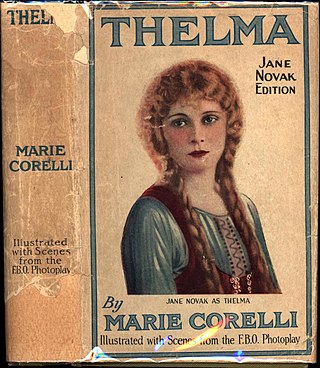Related Research Articles

Chloe, also spelled Chloë, Chlöe, or Chloé, is a feminine name meaning "blooming" or "fertility" in Greek. The name ultimately derives, through Greek, from the Proto-Indo-European root *ǵʰelh₃-, which relates to the colors yellow and green. The common scientific prefix chloro- derives from the same Greek root. In Greek the word refers to the young, green foliage or shoots of plants in spring.

Nathan is a masculine given name. It is derived from the Hebrew verb נָתָן meaning gave.
BJ or B. J. may refer to:
Xander is an abbreviated form of the name Alexander and pronounced like "Zander". Alexander is the Latin form of the Greek name "Alexandros". The name's meaning is interpreted from "alexein" which means "to defend" plus "andros" which translates to "man, warrior" in a relationship or possessive form. Hence the meaning: defender of man.
Jimbo is a diminutive form of the given name James. It is also a Japanese surname, and it means state or province in Swahili. It may refer to:
Jojo, JoJo or Jo Jo is a given name, surname, nickname or stage name used by several people and fictional characters, including:
Tish is a feminine given name and a nickname, frequently for Letitia or variations thereof. Tish is also an uncommon surname, accounting for around 500 people in the 2000 US Census and 550 in the 2010 US Census, around 95% of whom self-identified as white.
Gwendolyn is a feminine given name, a variant spelling of Gwendolen. This has been the most popular spelling in the United States.
Trevor is a common given name or surname of Welsh origin. It is an habitational name, deriving from the Welsh tre(f), meaning "homestead", or "settlement" and fawr, meaning "large, big". The Cornish language equivalent is Trevorrow and is most associated with Ludgvan.
Toby is a popular, usually male, name in many English speaking countries. The name is from the Middle English vernacular form of Tobias. Tobias itself is the Greek transliteration of the Hebrew טוביה Toviah, which translates to Good is Yahweh. Yahweh is the name of the Jewish God.
Katya is a feminine given name. It is a very popular name in Russia, Ukraine, Bulgaria, Serbia, and North Macedonia. It is a Russian diminutive form of Yekaterina, which is a Russian form of Katherine. The name is sometimes used as an independent given name in the English-speaking world. In German, Dutch and Scandinavian languages it is spelled Katja. Katya may also refer to:
Madison is a surname of English origin that has become a popular given name in the United States, and to a lesser extent in Canada. Madison, also spelled Maddison, is a variant of Mathieson, meaning son of Matthew. A different origin is alleged by some where Maddy is assumed to be the pet form of Maud and therefore the meaning is son of Maude.

Thelma is a female given name. It was popularized by Victorian writer Marie Corelli who gave the name to the title character of her 1887 novel Thelma. Although the character was supposed to be Norwegian, it is not a traditional Scandinavian name. It may be related to a Greek word meaning "will, volition" see Thelema). Note that although consonant with another female given name, Selma, the two are not synonymous.
Jeremy is an English male given name of biblical origin, deriving from the given name Jeremiah. Etymologically, "Jeremy" is the anglicized and diminutive form of the given name "Jeremiah." As such, the name "Jeremy" means "God will uplift" or "God will loosen" within various interpretations.

Jade is a given name derived from the ornamental stone jade, which is used in artwork and in jewellery-making. The name is derived from the Spanish piedra de la ijada, which means "stone of the bowels". There was a belief that when jade was placed on the stomach, it could cure colic in babies. The stone is greatly valued in Asian countries. Confucius believed it had properties encouraging purity, bravery, and honesty. Chinese emperors were buried in suits made of the stone because they believed it would make them live on forever.
Janie is a feminine given name, often a diminutive form of Jane, and a nickname. It may refer to:
Nell is a traditional nickname for Eleanor. Nell is the name of:
Hank is a male given name. It may have been inspired by the Dutch name Henk, itself a short form of Hendrik and thus related to Harry, Harvey, and Henry.
Waylon is a given name.
Cleopatra is a feminine given name. It was the name of various characters in Greek Mythology and was frequently used among Royal dynasties in the Hellenistic period. It may refer to:
References
- ↑ Littleton, C. Scott (2005). Gods, Goddesses, and Mythology: Inca-Mercury. Vol. 6. Marshall Cavendish. p. 770. ISBN 9780761475651.